I have an output tree in weka but can't view it (right click ...). Is there a tool to generate the resulting tree in an understandable way from the copy of the log (figures)?
2 Answers
The above textual representation cannot be converted into other formats, unless you write your own parser.
However, if you use the -g option on the command-line, the tree will get output on stdout in dot-notation. You can then take this output and convert it into other formats, like PNG or PDF using the GraphViz software.
- 2,448
- 2
- 12
- 17
-
Thank you for your answer! The command "-g" on which prompt do you mean? I am using the weka explorer tool, to make a prediction using multiple instance learning specifically the TLC algorithm. – Andrea D'Aguanno May 13 '21 at 22:02
-
You can use the SimpleCLI if you're not.comfortablr with using the terminal/command prompt. – fracpete May 14 '21 at 10:25
You can run Weka from the command line if you have java installed. On my Windows machine from the Weka-3-9-5 directory:
C:\Weka-3-9-5> java -cp weka.jar weka.classifiers.trees.J48 -C 0.25 -M 2 -t .\data\iris.arff
This gives you the output that you current have with the trees. However:
C:\Weka-3-9-5> java -cp weka.jar weka.classifiers.trees.J48 -C 0.25 -M 2 -t .\data\iris.arff -g
gives you a different format:
digraph J48Tree { N0 [label="petalwidth" ] ... } and you can feed this to GraphViz to get a nice printed tree. I put the digraph output into a tree.txt file and then generated a png image file through GraphViz:
C:\GraphViz> dot -Tpng tree.txt > tree.png
- 591
- 4
- 11
